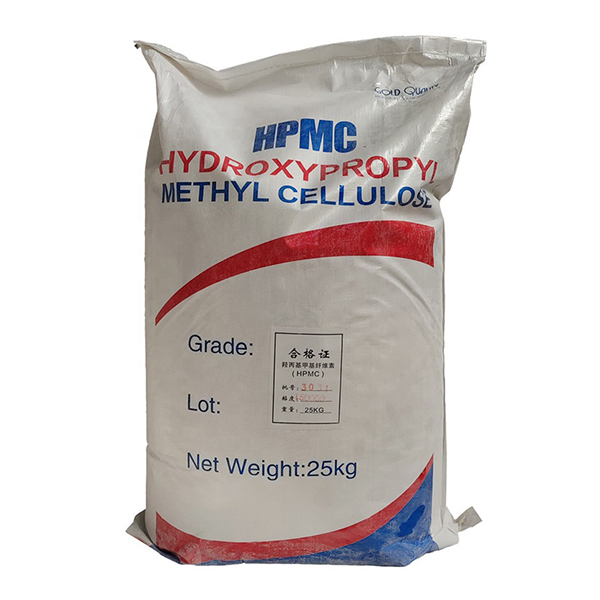The Importance of Additives for Concrete in Modern Construction
Concrete has long been a fundamental material in the construction industry due to its strength, durability, and versatility. However, to enhance its properties and performance in various applications, the use of additives has become increasingly pivotal. These additives, incorporated into the concrete mix, can significantly improve workability, setting time, strength, durability, and resistance to environmental factors.
What Are Additives?
Additives, also known as admixtures, are classified into two primary categories chemical admixtures and mineral admixtures. Chemical admixtures include various compounds that alter specific properties of the concrete, such as its fluidity, setting time, and strength development. Mineral admixtures, on the other hand, involve finely ground materials that can improve concrete's workability, reduce the heat of hydration, and enhance resistance to agglomeration and chemical attack.
Benefits of Using Additives
1. Workability One of the primary benefits of using additives is the improvement in workability. Superplasticizers, for example, allow for a reduction in water content while maintaining a workable mix. This not only enhances the ease of handling and placing the concrete but also leads to higher strength and durability as it reduces the water-cement ratio.
2. Setting Time Control Additives can also regulate the setting time of concrete. Accelerators are used to speed up the curing process, making them ideal for cold weather projects, while retarders are beneficial in hot weather, providing the necessary time for transportation and placement before the concrete sets.
additive for concrete

3. Durability The inclusion of certain additives can drastically enhance the longevity of concrete structures. For instance, slag, fly ash, and silica fume are all mineral admixtures that improve resistance to corrosion, chemical attacks, and shrinkage, ultimately extending the life of the concrete.
4. Sustainability Given the growing emphasis on sustainable construction practices, additives also enable the reduction of the overall carbon footprint of concrete. By replacing a portion of the cement with supplementary cementitious materials (SCMs) like fly ash or slag, not only do we conserve natural resources, but we also lower greenhouse gas emissions associated with cement production.
5. Aesthetic Qualities In decorative applications, additives can also enhance the aesthetic qualities of concrete. Color additives provide various hues, while polymer-based additives can be used to achieve smoother finishes and improved surface characteristics, making concrete not only functional but also visually appealing.
Considerations When Using Additives
While the advantages of using additives in concrete are substantial, it is crucial to consider their proper use. The effectiveness of an additive largely depends on the specific application, environmental conditions, and desired characteristics of the final product. Therefore, it is essential for engineers and contractors to carefully select the appropriate additives and determine the proper dosage to ensure optimal performance.
Conclusion
In conclusion, the use of additives in concrete has revolutionized construction practices, allowing for greater flexibility, enhanced performance, and improved sustainability. As the construction industry continues to evolve, embracing innovative solutions like concrete additives will be essential for meeting the demands of modern infrastructure projects. With the right combination of materials and additives, we can create stronger, more durable, and environmentally friendly structures that stand the test of time.
-
Premium Detergent Grade HPMC Hydroxypropyl Methylcellulose: Superior Thickening & StabilityNewsAug.31,2025
-
HEC 100000 Hydroxyethylcellulose for Paint | Superior ThickeningNewsAug.30,2025
-
Wall Putty Rdp Powder Packaging DesignNewsAug.29,2025
-
Introduction to Hpmc Hydroxypropyl Methyl CellulosNewsAug.29,2025
-
Hpmc Industri Grade IntegrationNewsAug.29,2025
-
How to Choose the Right Construction AdhesiveNewsAug.29,2025




